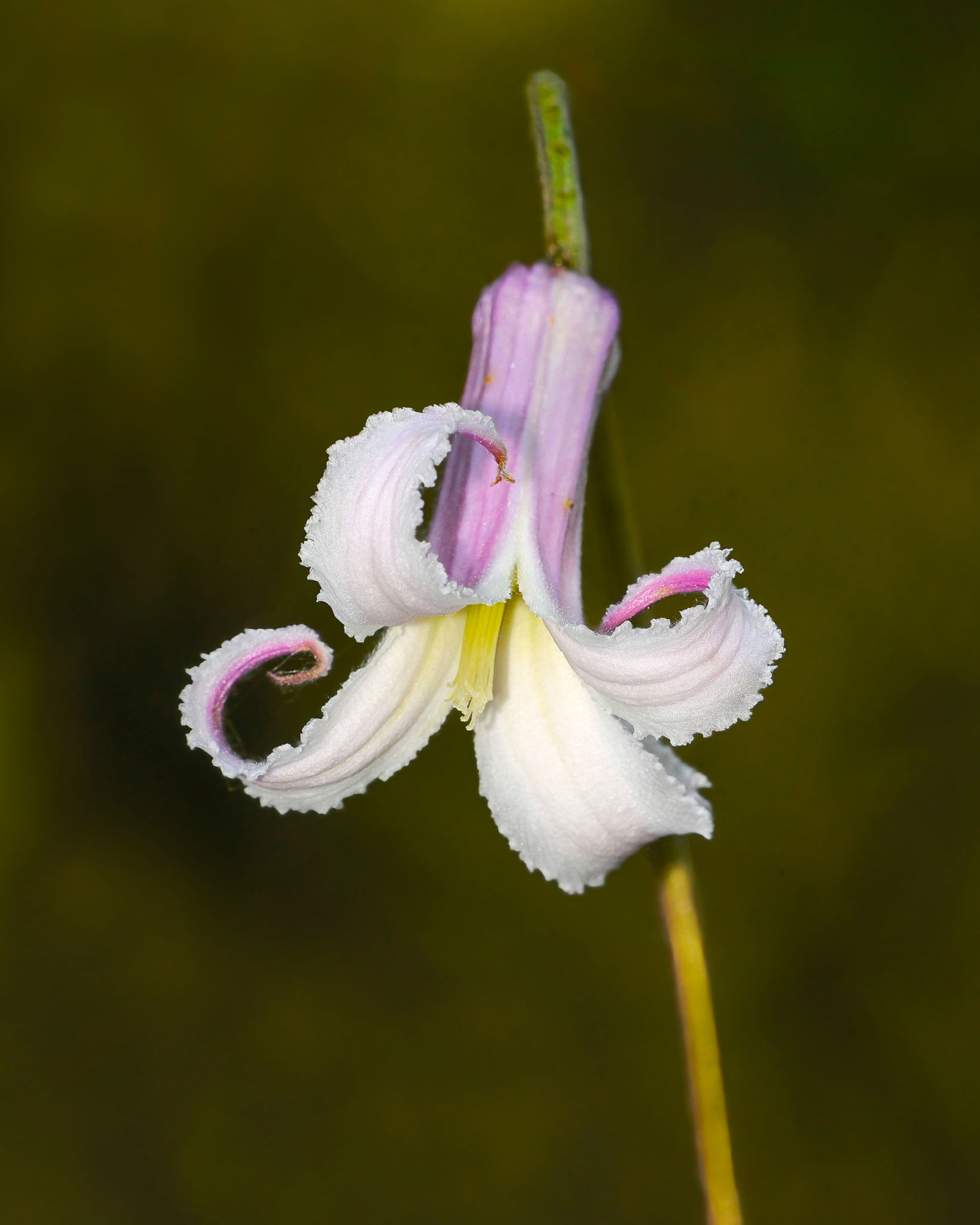Expert Insights: How to Create a Sustainable Landscape in Melbourne, FL
Understanding the Basics of Sustainable Landscaping
Creating a sustainable landscape in Melbourne, FL, involves designing and maintaining your outdoor space in a way that is environmentally friendly and resource-efficient. This approach not only enhances the beauty of your property but also contributes to the ecological health of the area. By adopting sustainable practices, you can reduce water usage, minimize waste, and support local wildlife.
Sustainable landscaping begins with choosing the right plants. Native plants are particularly advantageous as they are adapted to the local climate and soil conditions, requiring less water and maintenance. Additionally, these plants provide essential habitats for local fauna, promoting biodiversity.

Water Conservation Techniques
Water conservation is a critical aspect of sustainable landscaping, especially in Florida's climate. Implementing a smart irrigation system can significantly reduce water wastage. These systems use weather data and soil moisture sensors to optimize watering schedules, ensuring your plants receive just the right amount of water.
Another effective method is to incorporate rain gardens into your landscape design. These gardens capture and filter rainwater runoff, allowing it to slowly permeate the ground rather than being lost to storm drains. This not only conserves water but also prevents erosion and improves water quality.

Mulching and Soil Health
Mulching is a simple yet powerful technique to improve soil health and conserve moisture. By covering the soil with organic materials such as bark or wood chips, you can reduce evaporation and suppress weed growth. This layer also breaks down over time, enriching the soil with nutrients.
Healthy soil is the foundation of a thriving landscape. Conducting a soil test can provide valuable insights into its nutrient content and pH level, allowing you to make informed decisions about fertilization. Opt for organic fertilizers to boost soil fertility without harming the environment.
Incorporating Biodiversity
To create a truly sustainable landscape, it's important to encourage biodiversity. Incorporating a variety of plant species not only adds visual interest but also supports a range of wildlife. Consider planting flowering shrubs and perennials that attract pollinators like bees and butterflies.
Additionally, installing bird feeders or bird baths can entice avian visitors to your garden, enhancing its ecological value. These simple features create a welcoming environment for birds, which in turn help control pest populations naturally.

Reducing Chemical Usage
Avoiding chemical pesticides and herbicides is crucial for maintaining an eco-friendly landscape. These substances can harm beneficial insects and leach into groundwater, posing risks to human health and the environment. Instead, explore natural alternatives such as neem oil or insecticidal soap to manage pests effectively.
Incorporating companion planting techniques can also reduce the need for chemicals. By placing certain plants together, you can naturally deter pests and promote healthy growth. For example, planting marigolds near vegetables can repel nematodes and other harmful insects.
Regular Maintenance with an Eco-Friendly Approach
Maintaining a sustainable landscape requires regular care but with an eco-friendly mindset. Practice lawn cycling by leaving grass clippings on the lawn after mowing; they decompose quickly and return valuable nutrients to the soil.
Lastly, consider using electric or manual tools for your gardening tasks. These alternatives produce less pollution compared to their gasoline-powered counterparts, contributing to a cleaner and greener environment.
